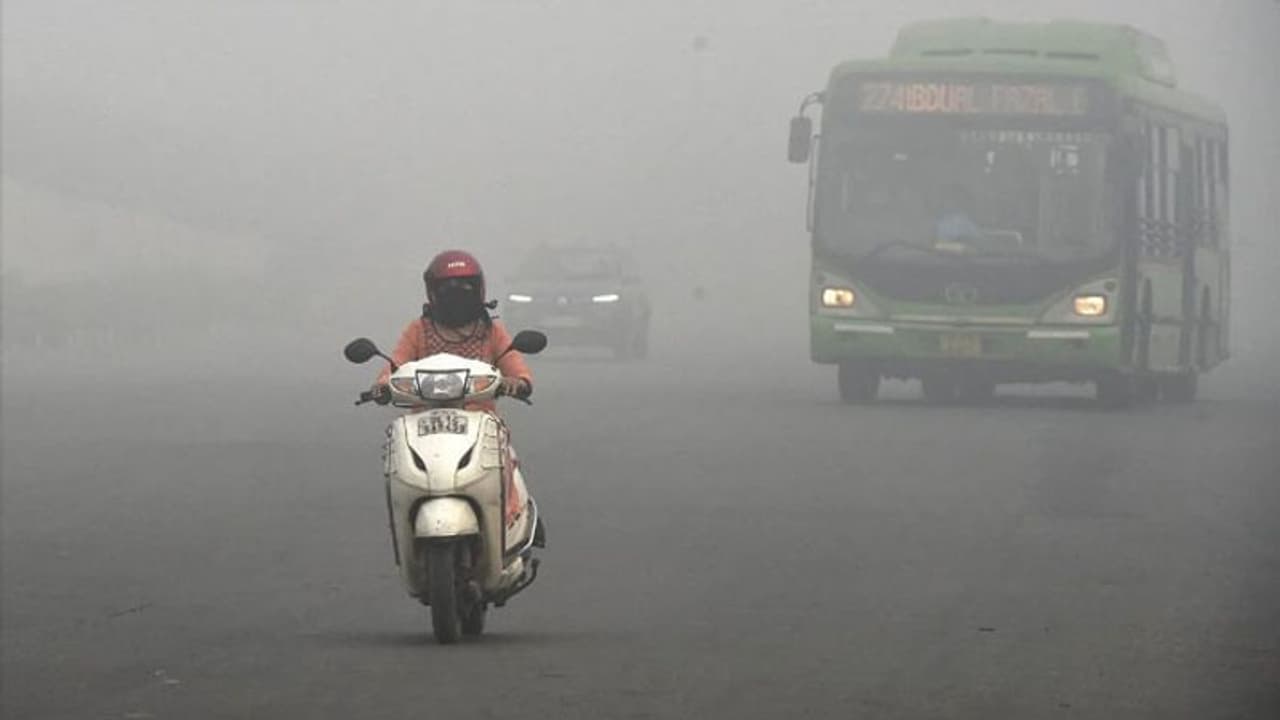This shows a slight improvement in the air quality, but not enough to make a difference as it is still poisonous to breathe this air.
The national capital, Delhi’s Air Quality Index (AQI) continues to remain in the 'severe' category registering at 436 on Sunday morning, stated the data provided by System of Air Quality and Weather Forecasting and Research (SAFAR). According to SAFAR's research, on Saturday night, Delhi's AQI was 437, with PM 2.5 concentrations of 318 and PM 10 concentrations of 448.

This shows a slight improvement in the air quality, but not enough to make a difference as it is still poisonous to breathe this air. The national capital celebrated Diwali, flouting the guidelines put in by the government, therefore the AQI is still soaring, despite the administration taking measures to control pollution.
As per the Centre-run SAFAR, the surface winds are about to get stronger in Delhi, clearing some of the smog and dispersing air pollutants from the evening of November 7 and AQI is likely to improve to the upper end of the 'very poor' category.
Also read: Bihar hooch tragedy: Spurious liquor has claimed 41 lives in 4 days
Pollutants from stubble burning contributed 36% of the pollution in Delhi, keeping the national capital's Air Quality Index (AQI) in the "severe" category for the second day in a row on Saturday. Amid reports of stubble burning in the neighbouring states of Punjab and Haryana, the situation is unlikely to improve till next week.
As shown by satellite data from the National Aeronautics and Space Administration (NASA), Punjab alone has more than 3,500 stubble burning spots. As the peak harvesting season is going to start in the agrarian states of Punjab and Haryana, these spots are unlikely to reduce immediately and hence, the problem might actually aggravate if the meteorological conditions become unfavourable once again.
An AQI between 0-50 is considered good, 51-100 is satisfactory, 101-200 moderate, 201-300 poor, 301-400 very poor and 401-500 are marked as severe/hazardous.
